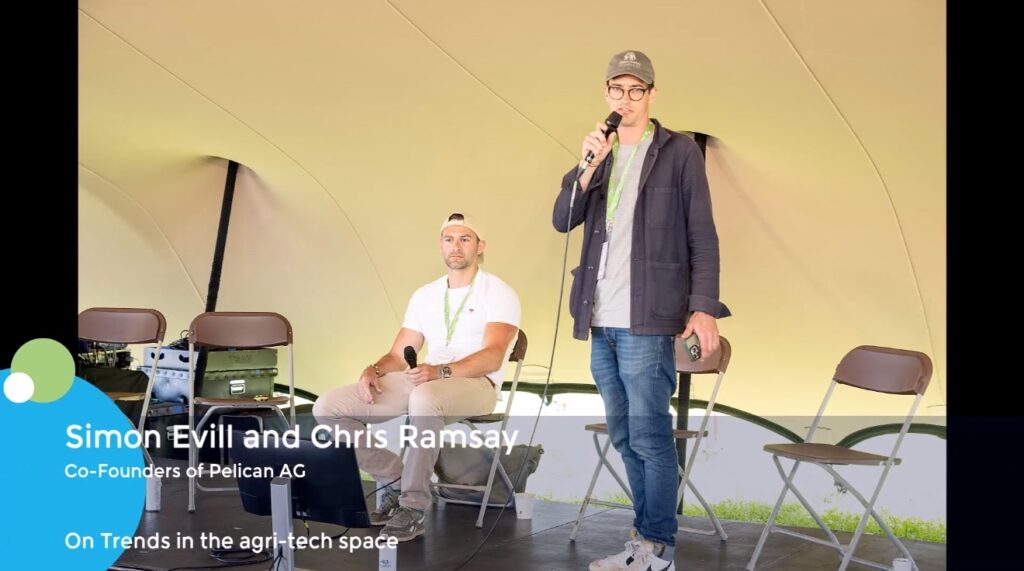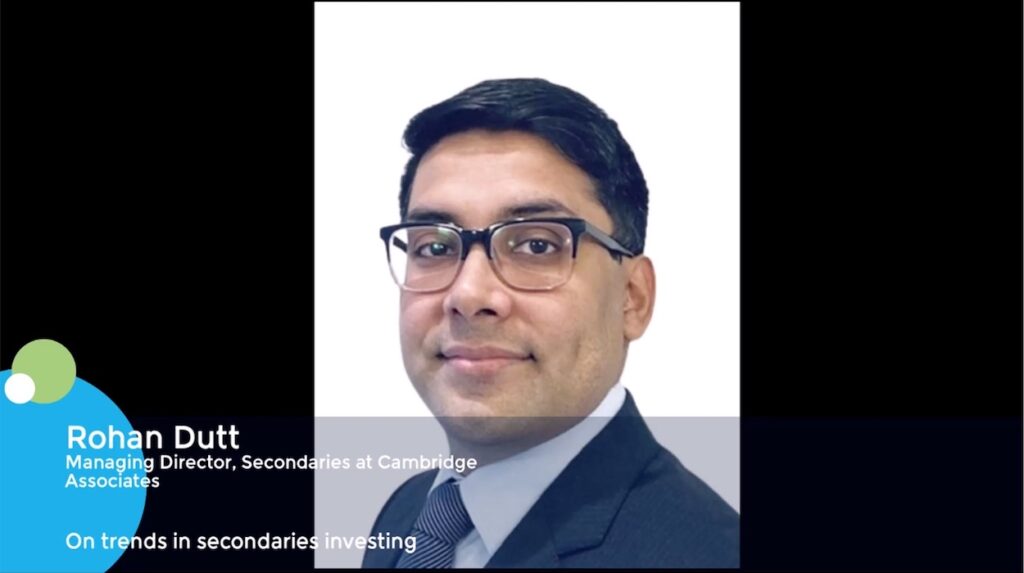Australia’s Pacific Equity Partners closes its largest fund ever on USD 2.1bn
• Buyout fund is Australia’s second largest in local currency terms, raised in 11 months
Australian GPs raised a total of USD 1.1bn for buyout strategies across six funds in 2023 and 2024 combined, according to AVCJ Research. Last week, Sydney-based Pacific Equity Partners (PEP) almost doubled that sum with its seventh fund.
It captures a familiar Australian theme: in an ecosystem that lacks depth, the fundraising needle will twitch whenever a larger player returns to market. At the same time, the development underscores continued LP appetite for Asia’s most experienced managers in its more mature geographies, even amid considerable adversity in the broader fundraising environment.
Fund VII achieved a first close of nearly AUD 1bn (USD 650m) in April 2024, which marked the formal fundraising launch with a target of AUD 3bn. By March 2025, it was heavily oversubscribed, leading to an extended exercise in scaling back certain LP commitments. This concluded last month, with the fund closing at the hard cap of AUD 3.2bn.
In local currency terms, it is the second-largest PE fund ever raised for deployment in Australia and New Zealand, according to AVCJ Research. BGH Capital’s second fund closed on AUD 3.6bn in 2022. PEP’s 2007-vintage Fund IV has been touted as a AUD 4.2bn corpus, but this conflates the AUD 2.7bn core fund with a separate AUD 1.5bn co-investment vehicle.
Regardless of shifts in exchange rate and fundraising nuances, PEP has cemented its position as the country’s largest GP with some AUD 16bn in assets under management and a staff of about 100. The firm claims an average net IRR of 28% since its inception in 1998.
Frank exchanges
Alex Ovchar, a managing director at PEP who led the fundraise, highlighted tailwinds such as Australia’s appeal as an accessible beachhead for Asian strategies and an underpenetrated private equity market. He also pointed to PEP’s team stability – all eight managing directors focused on PE have spent their entire investing career at the firm – as well as a diplomatic approach to LP engagement.
“A big part of it was getting to know LPs well and presenting ourselves in a very open and balanced way. What do they want to get out of this relationship? What do we want to get out of it?” Ovchar said, adding that no placement agent was used for the fundraise.
“It was about going directly to large institutional investors, asking what they are hoping for, explaining what we can offer, and finding the overlap. That frankness was welcome on both sides.”
All up it was enough to convince at least two LPs – large pension funds from South Korea and Canada, respectively – to make PE fund commitments in Australia for the first time. Canada Pension Plan Investment Board (CPPIB) also confirmed an AUD 150m contribution in its first commitment to PEP.
Ovchar noted there was an approximately 100% re-up rate from Fund VI. That fund closed on AUD 2.5bn in 2020 with support from New York State Teachers’ Retirement System (NYSTRS) and Luxembourg-based Brederode, according to AVCJ Research. Harbourvest Partners, which has backed PEP since at least its 2003-vintage second fund, is also in Fund VII.
About AUD 2.5bn of the corpus, or 78%, came from existing LPs. Geographically, the capital is split roughly evenly between Asia, North America, Europe, and the Middle East, consistent with previous vintages. Large institutions perceived as reliable dominated the process.
“We don’t plan the LP mix based on geography or types of organizations. The most important thing is that they are long term-oriented investors,” Ovchar said. “We probably could have raised more than AUD 4bn, but we wanted to stick with legitimate, long-term supporters.”
Carve-out bonanza?
There have been four investments to date, primarily transacted with capital from the first close. Atom, an industrial safety gear supplier, was purchased last October at an enterprise valuation of AUD 342m, according to documents seen by AVCJ.
Earlier this year, logistics provider FMH Group and vehicle services company SG Fleet were acquired at enterprise valuations of AUD 1bn and AUD 1.4bn, respectively. Earlier this month, PEP agreed to a AUD 1.3bn take-private of building services provider Johns Lyng.
Historically, about half of the deal flow has been corporate carve-outs, and Ovchar expects this to be a major theme going forward.
Part of the opportunity here is tied to Australia’s remoteness, which minimizes competition. Global investors are seen as having neither sufficient Australia-based resources to take on the operational overhauls required for many carve-outs nor the patience to ride out the long transaction timelines in a fringe jurisdiction. Meanwhile, pressure is mounting on companies to cut fat.
“Corporates had it relatively easy post-COVID, where rates were low, you could borrow money, and if you were underperforming, you could just raise capital to fix it. That is more difficult today,” Ovchar said.
“Now, debt is expensive, equity raising is less straightforward, and corporates are therefore more inclined to divest non-strategic divisions and assets. We’re seeing that across internationals, domestics, and conglomerates. It is materially more active than two years ago.”











